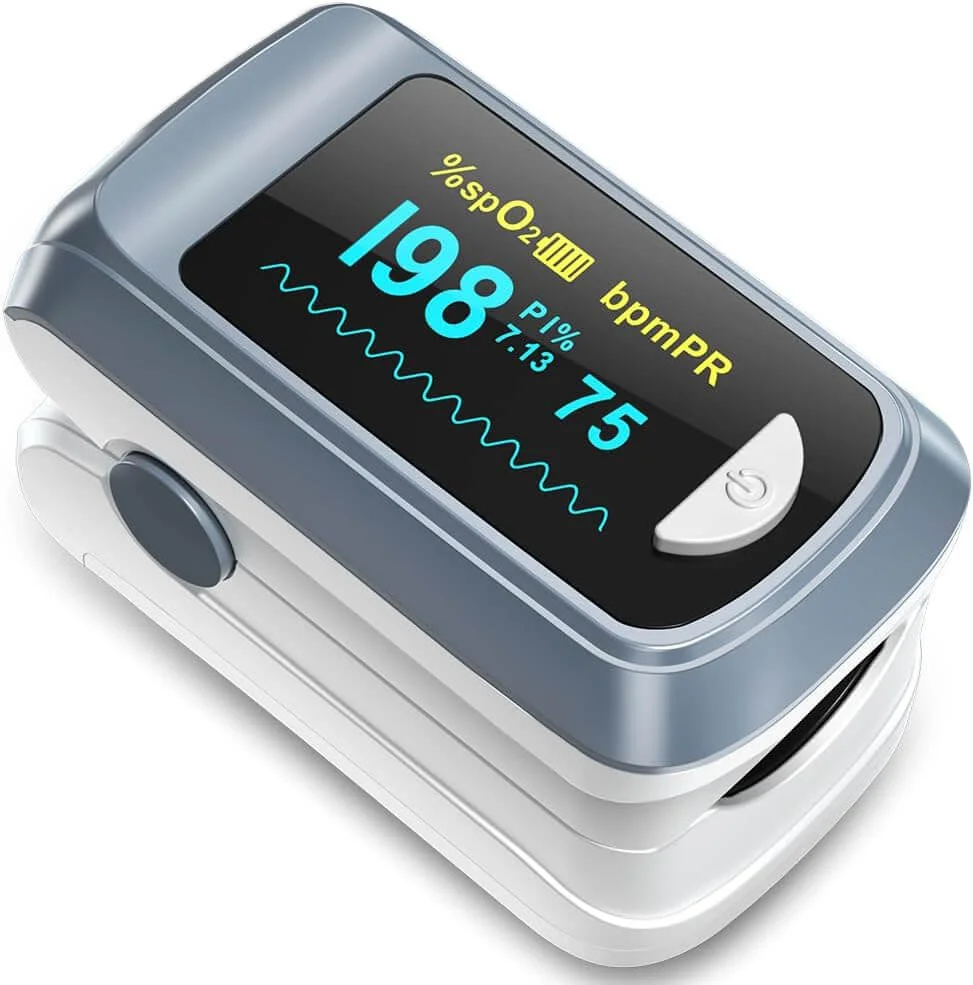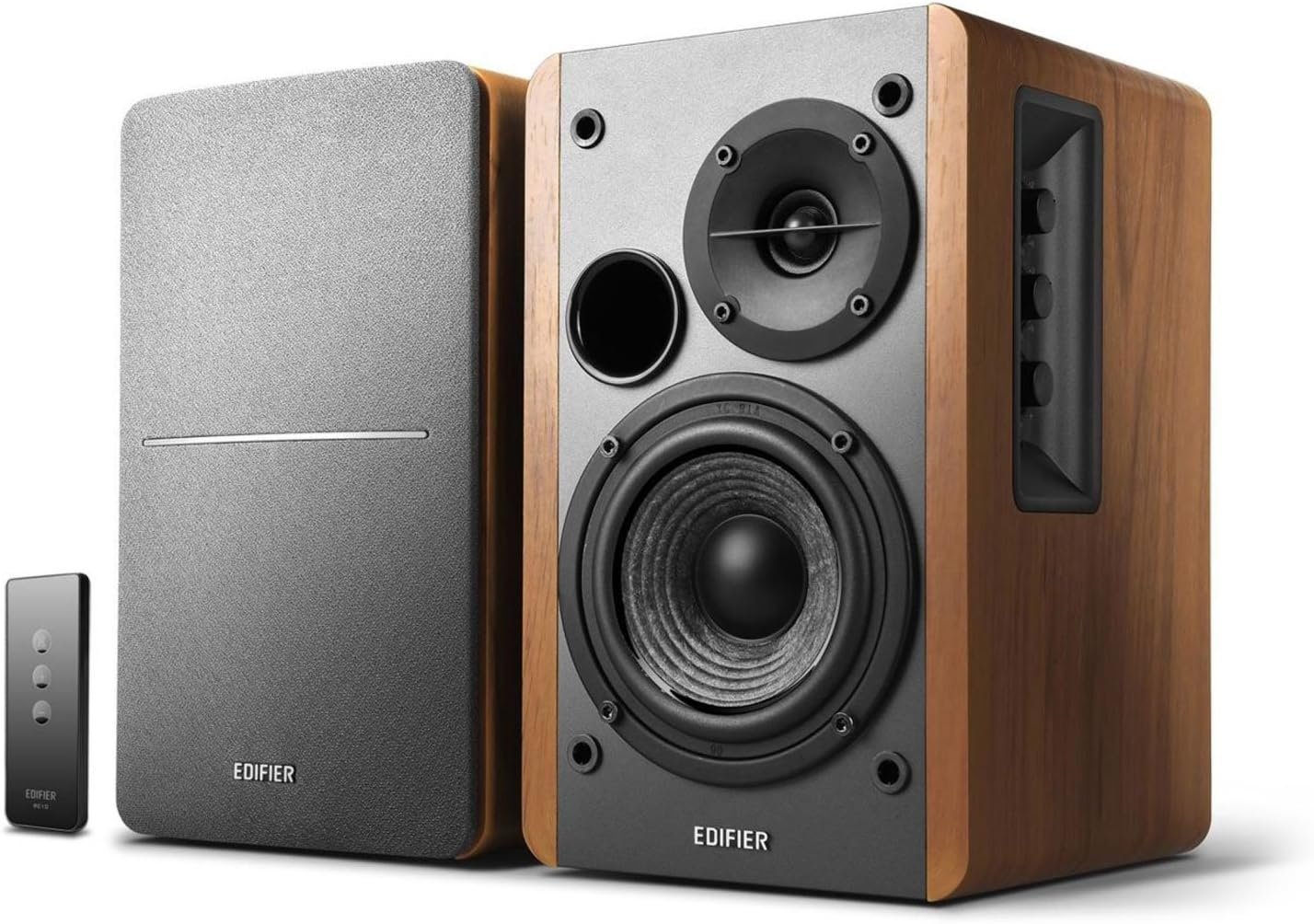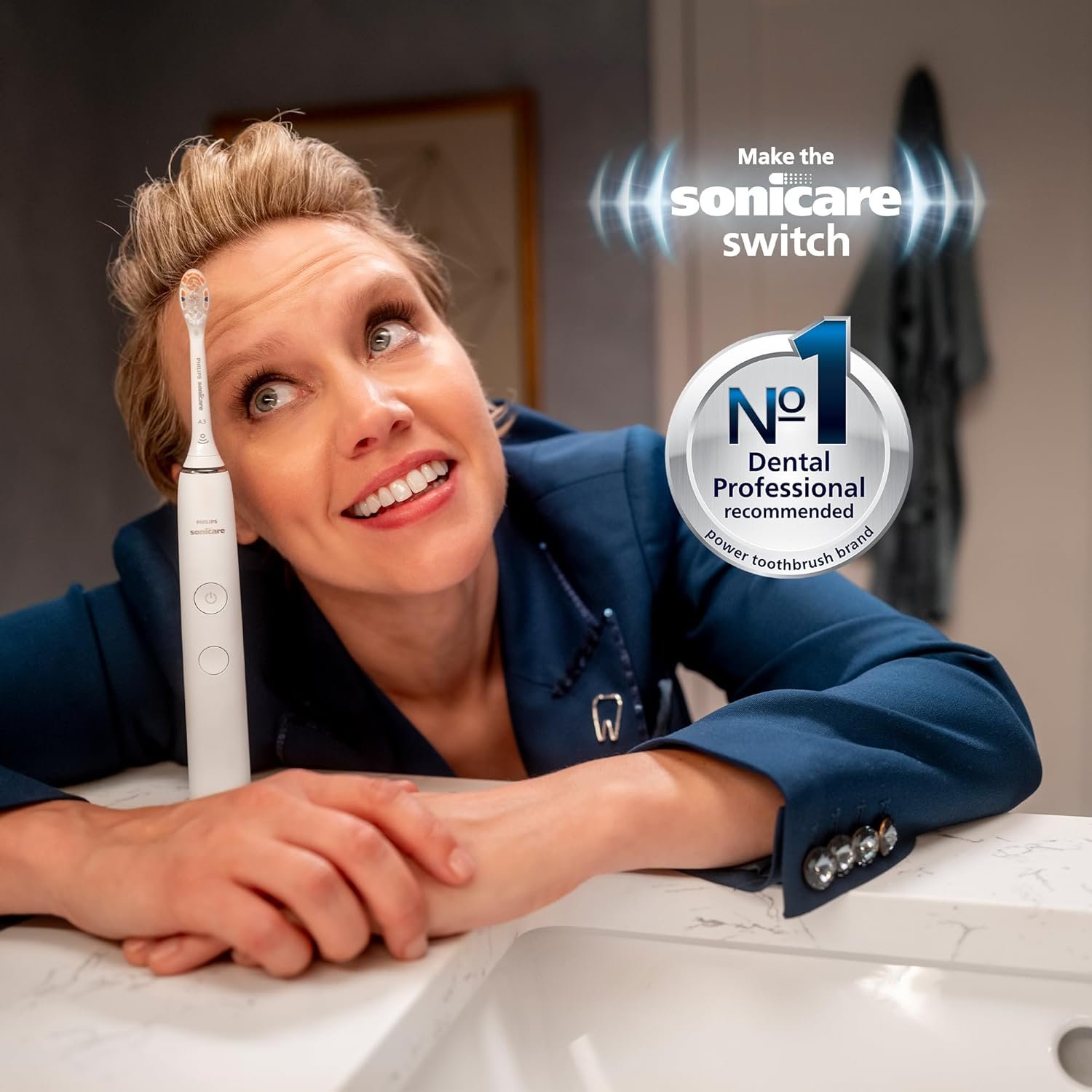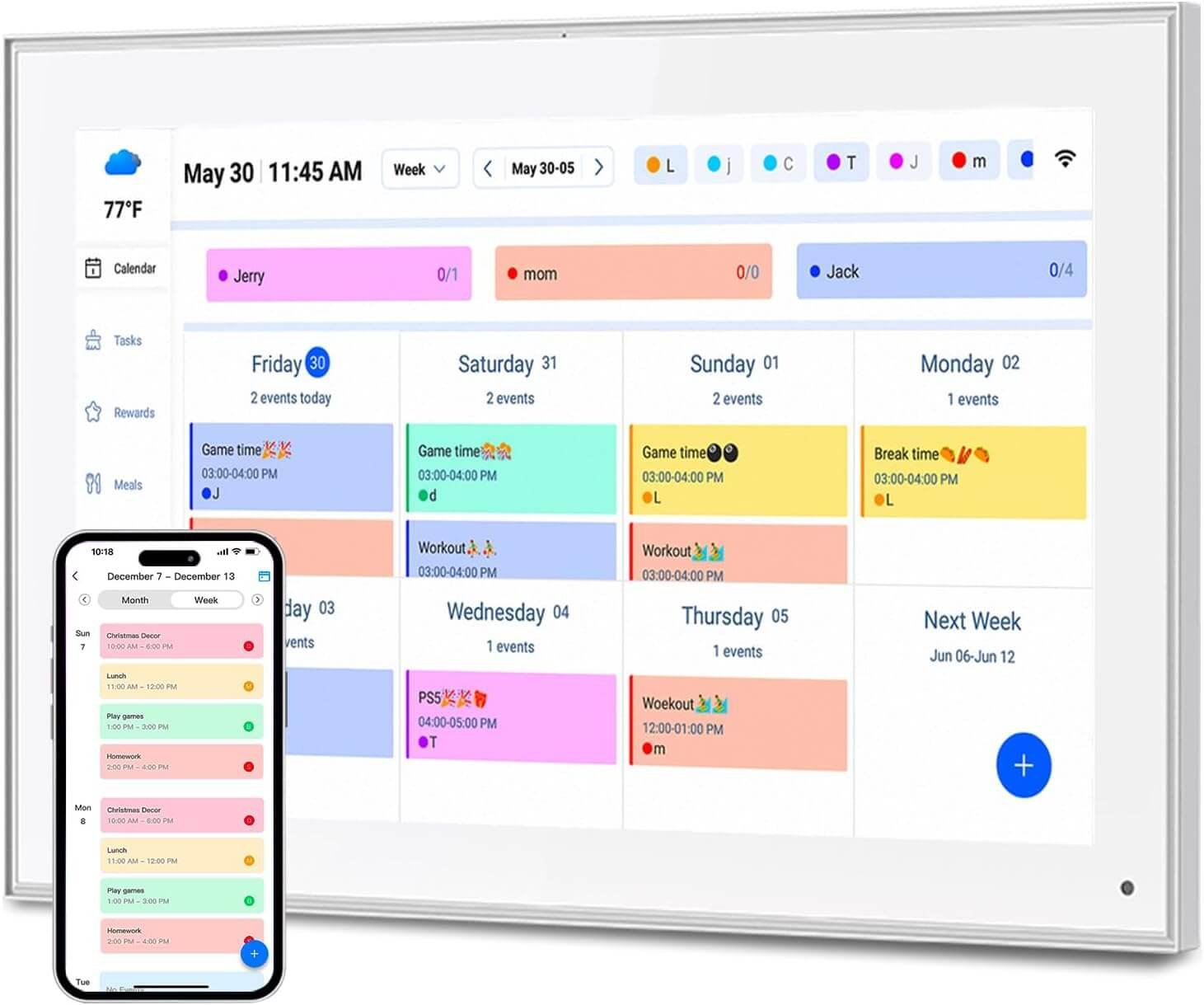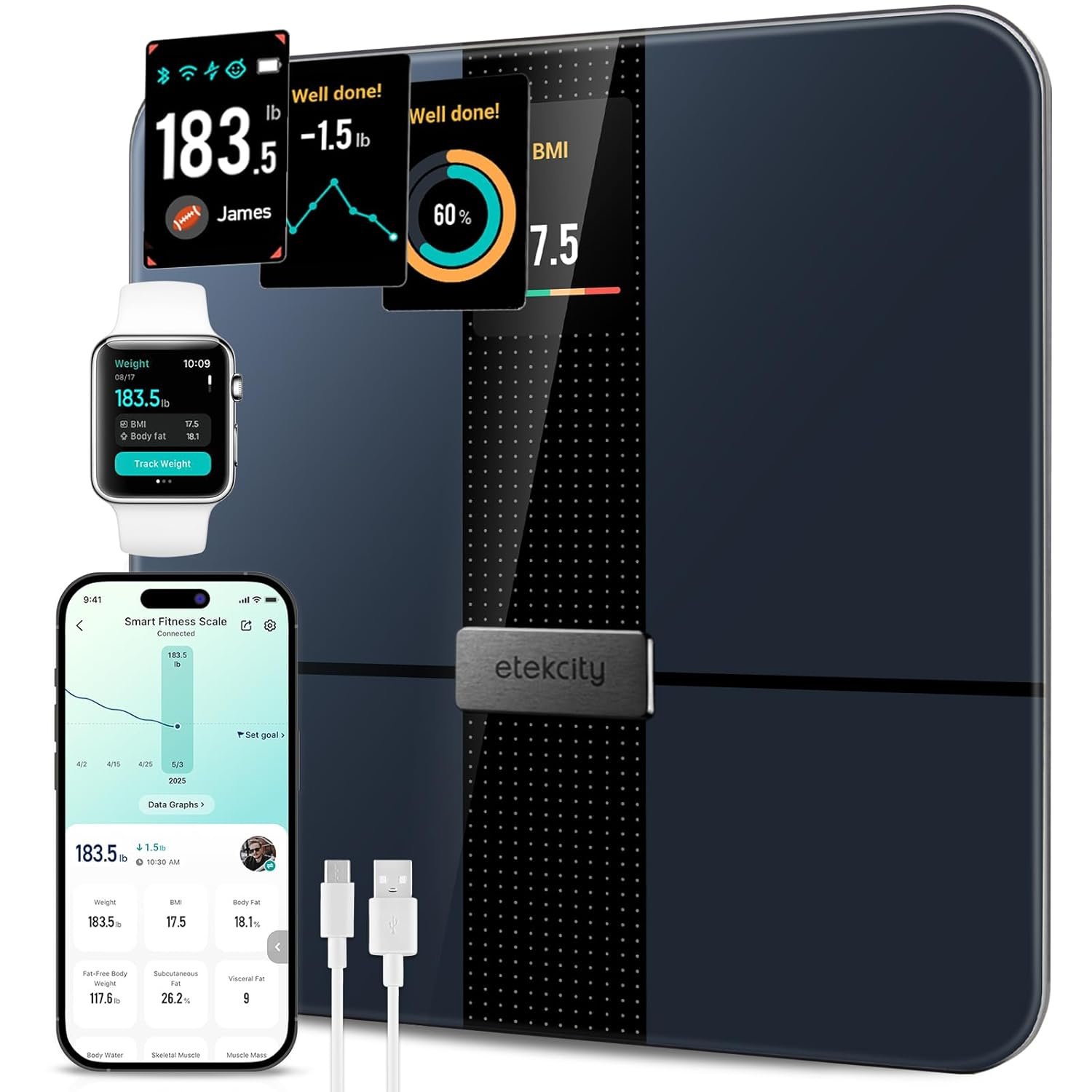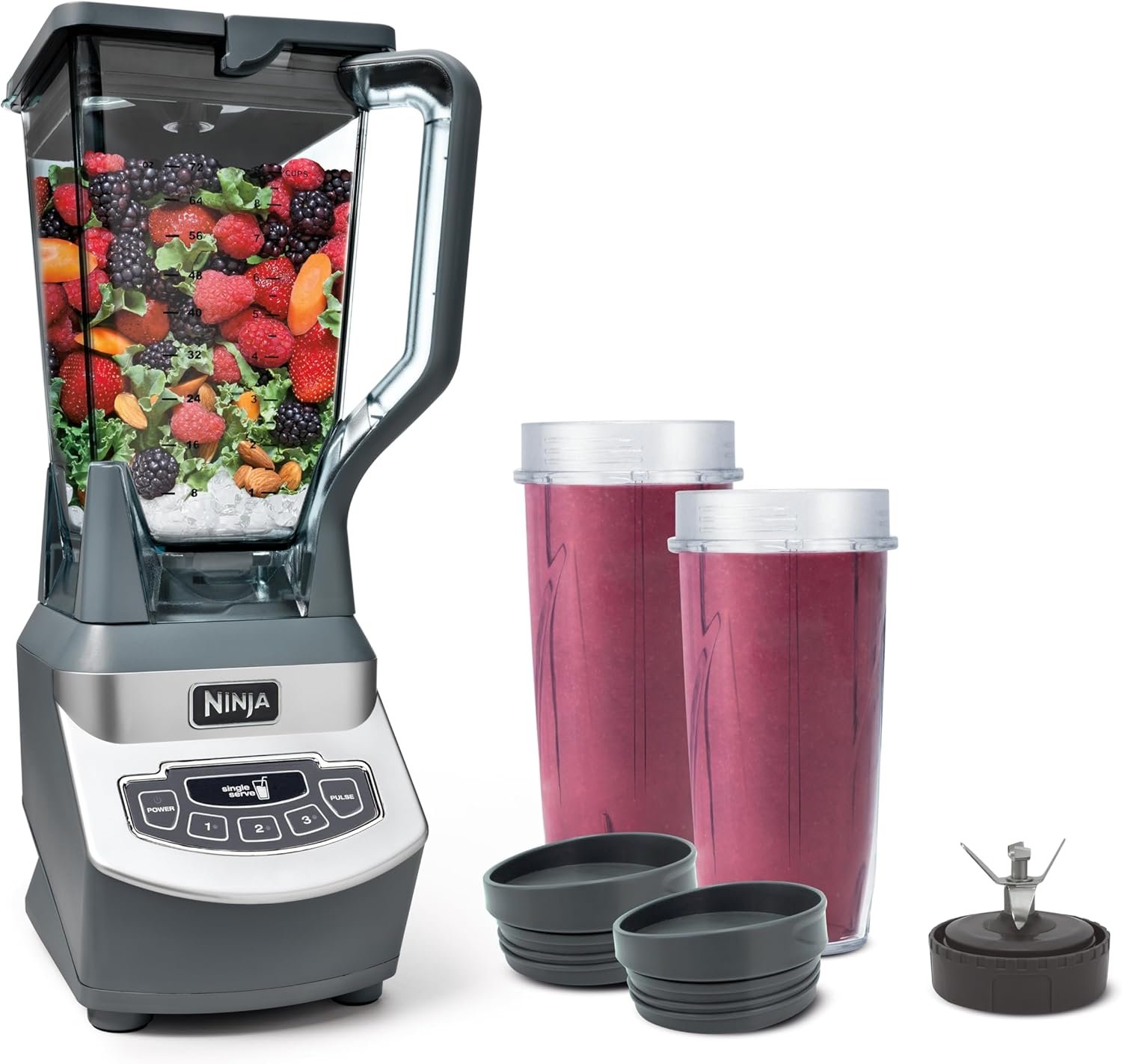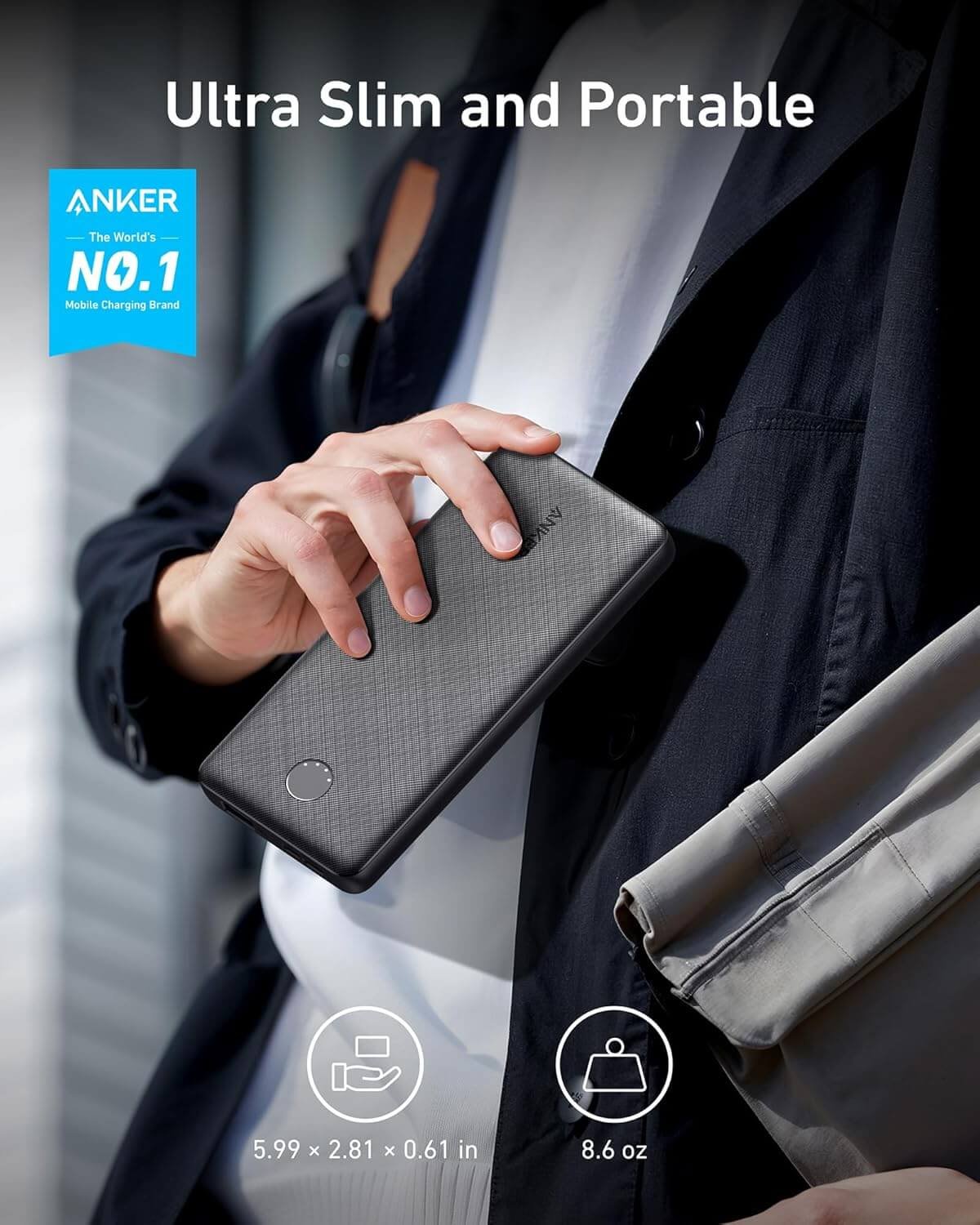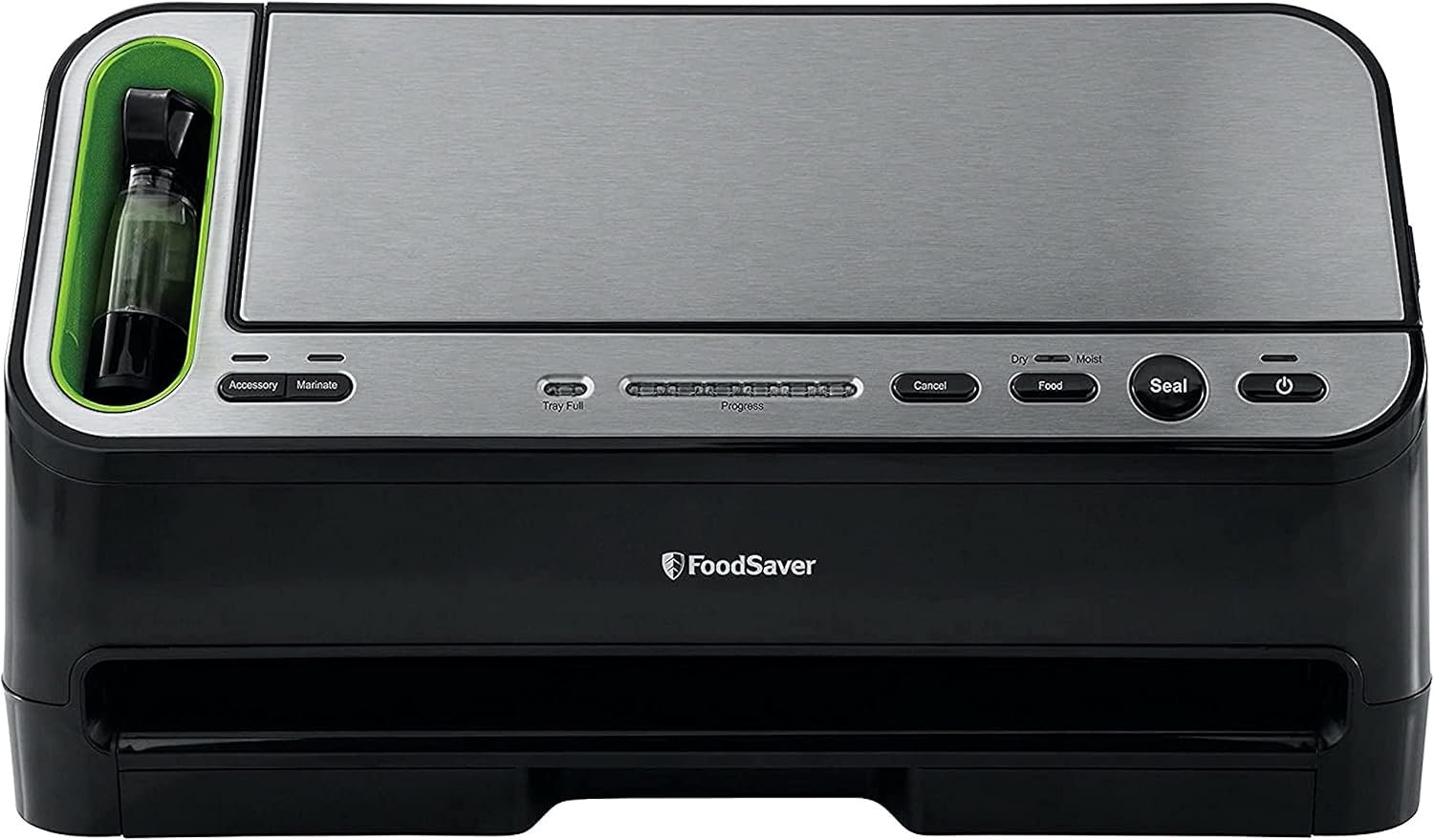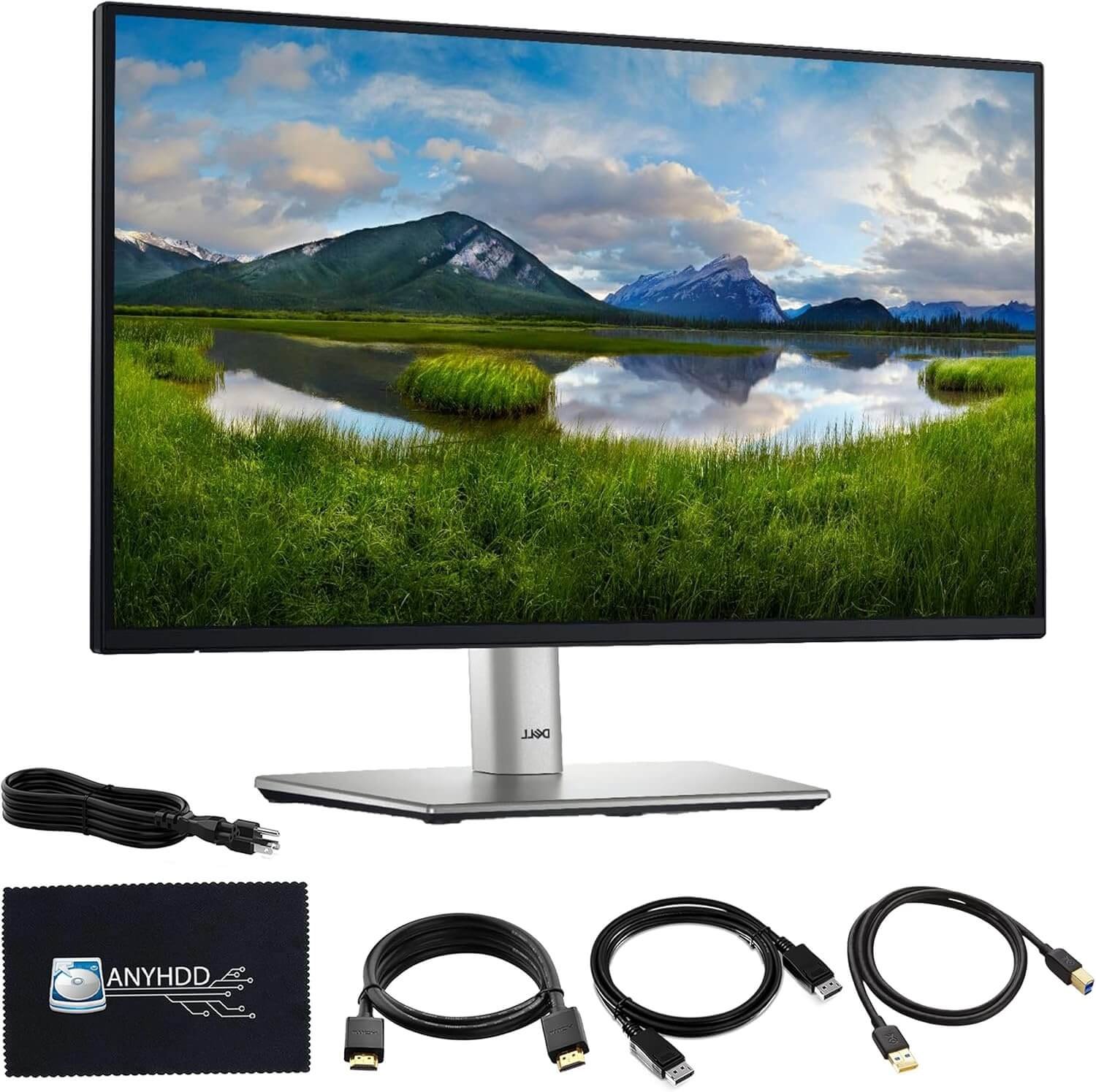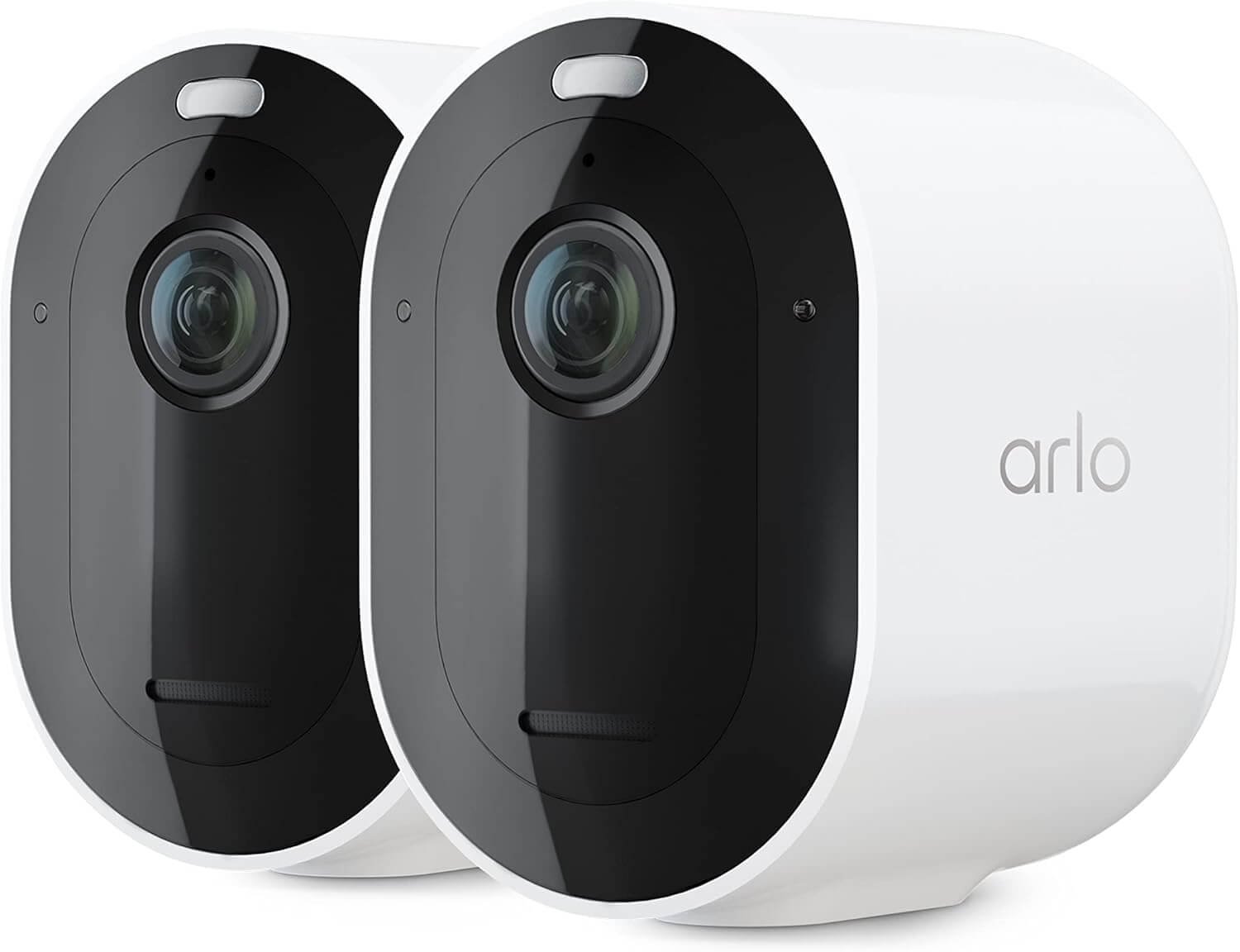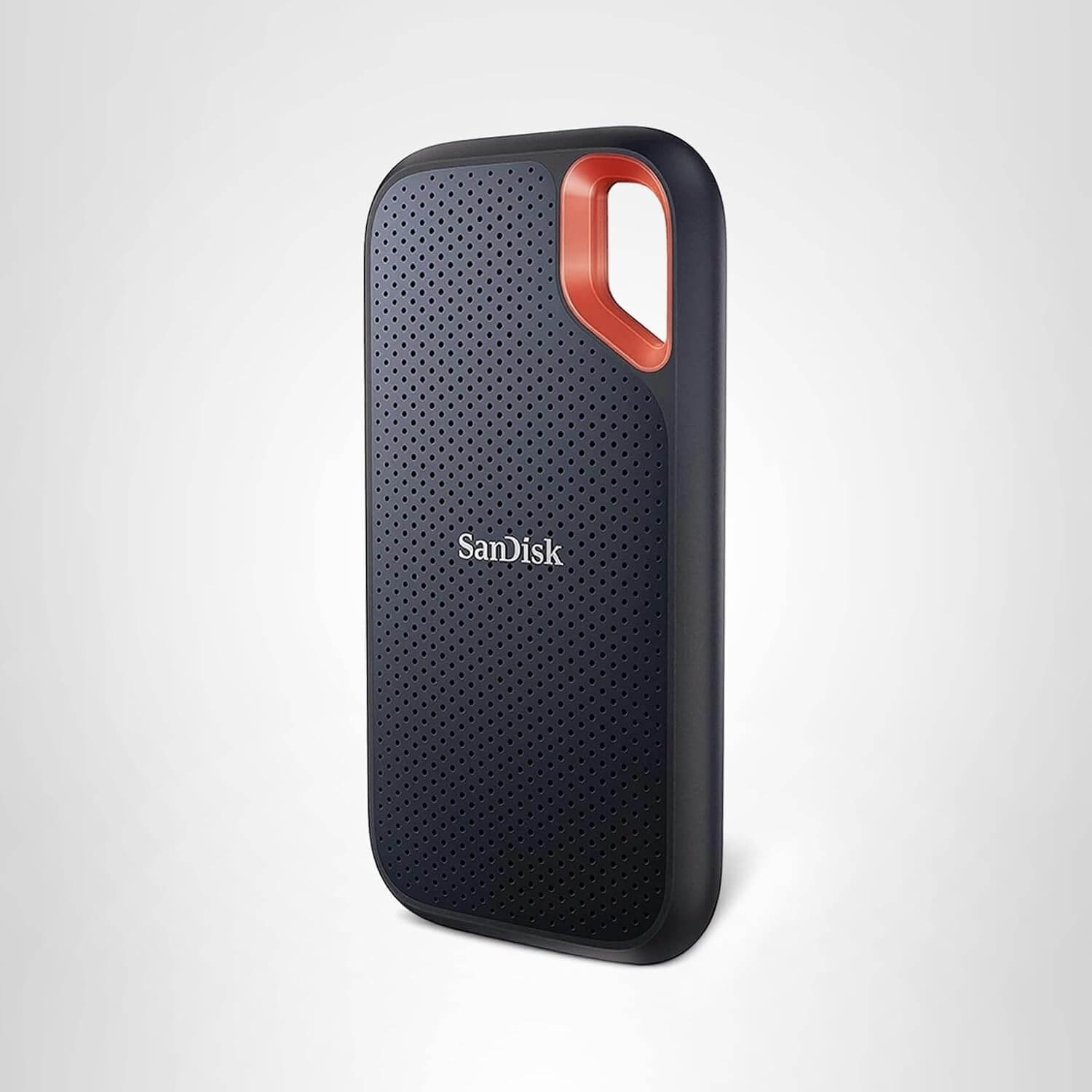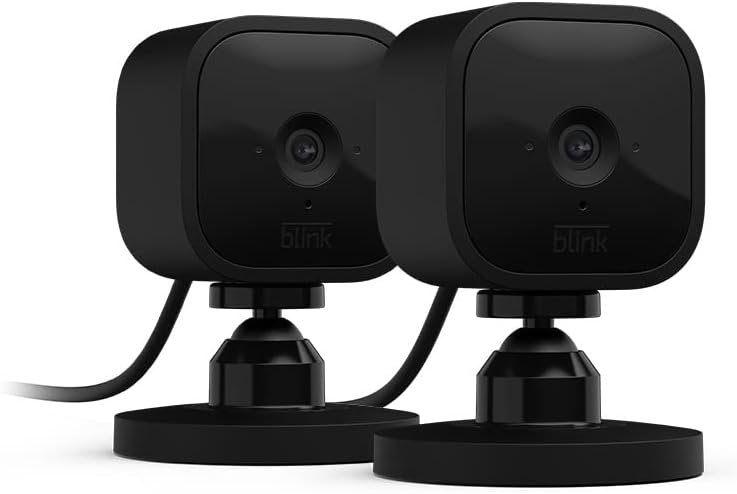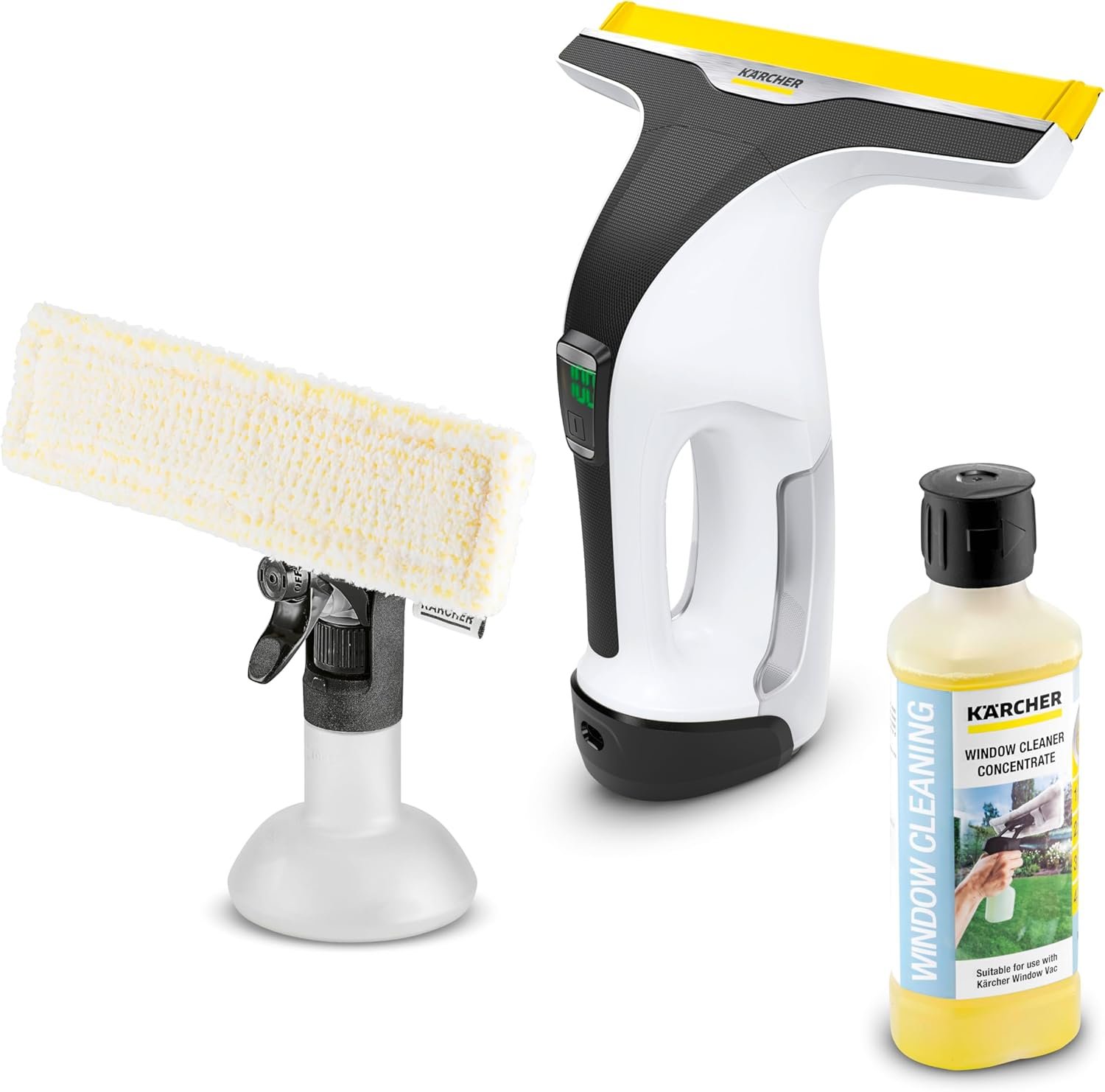Introduction to Pulse Oximeters
A fingertip pulse oximeter is a small, portable device that plays a crucial role in measuring blood oxygen saturation levels and heart rates. Primarily used in medical settings, these devices have become increasingly popular for at-home monitoring, particularly for individuals with respiratory conditions like asthma or chronic obstructive pulmonary disease (COPD). The significance of a fingertip pulse oximeter lies in its ability to provide real-time feedback on a person’s oxygen levels, thus serving as an essential tool for assessing respiratory health and potentially preventing serious medical issues.
The working principle of a fingertip pulse oximeter is relatively straightforward. The device uses light-emitting diodes (LEDs) to shine light through the skin on the fingertip. As the light passes through, it measures the amount of light absorption by oxygenated and deoxygenated hemoglobin in the blood. The ratio of these two readings enables the device to calculate the blood oxygen saturation level (SpO2) as well as the heart rate. Typically, a healthy individual will display a SpO2 level between 95% and 100%, while readings below this threshold can indicate a potential problem that necessitates further investigation.
For patients diagnosed with various respiratory or cardiac conditions, monitoring blood oxygen levels is essential. Individuals experiencing chronic illnesses or even temporary respiratory challenges can benefit significantly from the continuous assessment provided by fingertip pulse oximeters. These devices empower users to take informed actions, such as seeking medical assistance or adjusting their treatments based on their oxygen saturation levels. Thus, the fingertip pulse oximeter blood oxygen saturation monitor has proven to be an invaluable device for enhancing overall health and wellness.
Understanding SpO2 and Heart Rate Readings
The fingertip pulse oximeter blood oxygen saturation monitor is a vital tool for assessing both SpO2 and heart rate readings. SpO2, or peripheral capillary oxygen saturation, indicates the percentage of oxygen-saturated hemoglobin relative to total hemoglobin in the blood. Normal SpO2 levels typically range from 95% to 100%. Values below 90% may suggest respiratory issues or other underlying health conditions, necessitating prompt medical attention. Understanding these levels is crucial, particularly for individuals with respiratory diseases, athletes, or those in high-altitude environments where oxygen levels can be compromised.
Heart rate readings, which display the number of heartbeats per minute, are equally significant in evaluating cardiovascular health. A normal resting heart rate ranges from 60 to 100 beats per minute for most adults. Values outside this range can indicate various conditions; for example, consistently high rates may suggest tachycardia, while low rates could indicate bradycardia. Athletes often exhibit lower resting heart rates due to increased efficiency in their cardiovascular systems, but it is essential to distinguish between athletic adaptations and potential health concerns.
The fingertip pulse oximeter blood oxygen saturation monitor provides a non-invasive means to track these essential health indicators easily. By regularly monitoring SpO2 levels and heart rate, individuals can gain insights into their respiratory efficiency and cardiovascular health. It becomes particularly useful for monitoring fluctuations that may arise during physical exertion, illness, or changes in altitude. Overall, understanding and interpreting these readings plays a crucial role in maintaining health and fitness levels, allowing users to respond proactively to any concerning changes.
Benefits of Using a Fingertip Pulse Oximeter
The fingertip pulse oximeter blood oxygen saturation monitor offers a range of significant benefits that can greatly enhance health management for individuals, particularly those with chronic conditions. One of the foremost advantages is convenience. The compact design of these devices allows for easy portability, making it possible to monitor blood oxygen levels anywhere, at any time. This is especially beneficial for patients who require regular monitoring due to respiratory or cardiovascular issues, as they can easily incorporate measurements into their daily routine.
Ease of use is another key benefit associated with fingertip pulse oximeters. These devices are designed with user-friendly interfaces that facilitate quick and straightforward operation. Users simply need to place their finger in the device, press a button, and obtain a reading within seconds. This ease of use encourages individuals to take their measurements more frequently, which can lead to better monitoring of their health over time.
Moreover, the ability to quickly monitor blood oxygen saturation provides a sense of reassurance and peace of mind. Regular monitoring with a fingertip pulse oximeter can help individuals detect potential health issues early, enabling prompt intervention before a situation escalates. This proactive approach to health management is especially critical for users with conditions such as chronic obstructive pulmonary disease (COPD), asthma, or heart disease, where low oxygen levels can be a significant concern.
In addition to personal health benefits, fingertip pulse oximeters can serve as valuable tools for healthcare providers. They can help in assessing a patient’s condition and making informed decisions about treatment plans. By promoting regular monitoring of blood oxygen saturation levels, these devices empower individuals to take an active role in their health, ultimately leading to improved outcomes and enhanced quality of life.
Key Features to Look for in a Pulse Oximeter
When selecting a fingertip pulse oximeter blood oxygen saturation monitor, it is crucial to consider several key features to ensure you make a reliable and effective choice for your health monitoring needs. One of the most important aspects is accuracy. A high-quality device should provide precise readings of oxygen saturation levels and pulse rate. Look for models that have been clinically validated to guarantee dependability in measurement.
The display quality is another important feature to assess. An OLED screen is highly recommended, as it offers clear visibility of readings even in low-light conditions. A bright and easy-to-read interface ensures that users can quickly and effortlessly interpret the data, which is essential for effective monitoring, especially for patients or caregivers who may be inexperienced with technology.
Battery life should also be a primary consideration. Opt for a fingertip pulse oximeter that features long-lasting batteries or a rechargeable function. This ensures extended usage without the frequent need for replacements, which can be both inconvenient and costly. Additionally, devices that include power-saving modes can contribute to a longer battery lifespan.
Portability is another factor to take into account when making your selection. Many pulse oximeters come with lanyards or carrying cases that make them easy to transport, allowing users to conveniently monitor their oxygen levels at home or on the go. This feature is especially beneficial for individuals who may need to frequently check their readings throughout the day.
Lastly, consider any additional functionalities that may enhance the utility of the device, such as alarms for low oxygen readings or Bluetooth connectivity for tracking and sharing data. By thoroughly evaluating these features, you will be better equipped to choose a fingertip pulse oximeter blood oxygen saturation monitor that meets your specific requirements for effective health monitoring.
How to Use a Fingertip Pulse Oximeter
Using a fingertip pulse oximeter blood oxygen saturation monitor is a straightforward process, but understanding the correct method of usage is essential for accurate readings. To begin, ensure that the device is clean and properly functioning by checking the battery. It is recommended to use the pulse oximeter in a warm environment, as cold fingers can affect the accuracy of the readings.
The first step involves positioning the oximeter on one of your fingers, ideally the index or middle finger. Ensure that the finger is clean, dry, and without nail polish or artificial nails, as these can interfere with the sensor’s ability to measure blood oxygen levels. Insert the fingertip into the oximeter until it fits snugly, ensuring that it covers the sensor completely. Keep your hand still during the measurement process to prevent any movement that might result in inaccurate readings.
After positioning the unit, press the power button to turn it on. The device will typically begin to measure your blood oxygen saturation level and pulse rate immediately. It is important to wait for a few seconds until the reading stabilizes. The display will show your blood oxygen saturation percentage (SpO2) along with your pulse rate in beats per minute. A healthy SpO2 level generally ranges from 95% to 100%; values below this threshold may necessitate consultation with a healthcare professional.
In conclusion, understanding how to use a fingertip pulse oximeter blood oxygen saturation monitor effectively is key to obtaining reliable health information. By following these simple steps and tips, individuals can utilize this device with confidence and monitor their health status conveniently at home.
Why You Should Invest in a Pulse Oximeter
The importance of a fingertip pulse oximeter blood oxygen saturation monitor cannot be understated, particularly in the current health climate where personal monitoring of vital signs is becoming increasingly essential. This small, portable device is designed to measure the oxygen saturation level in your blood. It allows individuals to monitor their health conveniently from the comfort of their own homes, which can lead to earlier recognition of potential health issues.
With a growing trend towards proactive health management, the fingertip pulse oximeter serves as a valuable tool for both individuals with pre-existing health conditions and those seeking to maintain optimal wellness. As health awareness increases, people are turning to actionable data provided by such devices to manage their health. A fingertip pulse oximeter can be particularly instrumental for old patients, athletes, or individuals recovering from respiratory illnesses, as it empowers them with information regarding their blood oxygen levels.
Moreover, timely interventions can be crucial for preventing serious health complications. Individuals who regularly monitor their oxygen saturation can detect abnormalities early, prompting consultations with healthcare professionals when necessary. For instance, if levels drop below recommended thresholds, immediate action can be taken to address potential respiratory problems, ensuring that treatments are administered without delay. In this way, a fingertip pulse oximeter not only fosters a greater understanding of one’s health but also plays a crucial role in preserving it through timely responses.
Investing in a fingertip pulse oximeter can therefore be seen as an investment in one’s health. With the ease of access to important data regarding blood oxygen levels, the device becomes an indispensable part of modern health monitoring. This growing reliance on such technology is indicative of a shift towards more informed and proactive health management strategies.
Customer Testimonials and Experiences
In recent years, the use of fingertip pulse oximeters, also known as blood oxygen saturation monitors, has become increasingly popular among individuals seeking to maintain their health and wellness. Many users have shared their experiences and insights on how these devices have significantly impacted their daily lives. One user, a marathon runner, noted that monitoring blood oxygen levels during training sessions has become essential for optimizing performance. By utilizing the fingertip pulse oximeter, they can ensure adequate oxygen saturation, allowing them to adjust their workouts accordingly.
Another individual, living with a chronic respiratory condition, shared how the blood oxygen saturation monitor has transformed their approach to health management. With the help of the fingertip pulse oximeter, they can easily track their oxygen levels at home, allowing them to promptly seek medical assistance when necessary. This proactive approach provides peace of mind, making daily activities less stressful and more manageable.
Parents have also expressed their gratitude for the convenience of fingertip pulse oximeters. One mother recounted a scenario where her child, who suffers from asthma, experienced a sudden coughing fit. By quickly checking her child’s blood oxygen saturation, she could ascertain whether it was a typical episode or an indicator of a severe asthma attack. This ability to monitor oxygen levels instantly can be invaluable in crisis situations, as it can aid in making informed decisions regarding medical care.
Furthermore, healthcare professionals have noted that educating patients to use fingertip pulse oximeters can lead to better patient engagement in their health management. By encouraging self-monitoring of blood oxygen levels, patients become more aware of their conditions and can communicate effectively with their healthcare providers. Overall, the testimonials of real-world users demonstrate the significant value and impact that fingertip pulse oximeters can have on individual health and wellness, underscoring their role as essential devices in everyday life.
Where to Buy the Best Fingertip Pulse Oximeter
Finding a reliable fingertip pulse oximeter blood oxygen saturation monitor is crucial for maintaining proper health, especially for individuals with respiratory or cardiovascular conditions. There are various purchasing options available that cater to different needs and preferences. One of the most convenient ways to acquire such a device is through online platforms. Numerous reputable e-commerce websites offer a wide selection of pulse oximeters at competitive prices. These platforms often provide detailed product descriptions, customer reviews, and ratings, which can assist buyers in making informed decisions. Popular sites like Amazon, eBay, and specialized health equipment retailers are excellent starting points for browsing options.
Online shopping also affords the benefit of comparing multiple products quickly, allowing users to evaluate features, brand reliability, and warranty options. Additionally, you can often find special promotions or discounts that can make purchasing a fingertip pulse oximeter more cost-effective.
Another viable option is to purchase your device from local pharmacies or medical supply stores. Visiting a pharmacy allows you to physically handle the product before making a purchase. This can be particularly advantageous for those who prefer to see the quality and size of the fingertip pulse oximeter blood oxygen saturation monitor in person. Staff members at these establishments are generally knowledgeable and can provide advice tailored to individual health needs.
Lastly, consider consulting with healthcare providers or specialists who can recommend reliable devices based on your specific medical requirements. They may have insights on the best brands or models that feature enhanced accuracy and ease of use. By exploring these options, consumers can confidently choose a quality fingertip pulse oximeter that best fits their needs for monitoring blood oxygen levels.
Conclusion: Your Health Monitoring Companion
In a world where proactive health management is crucial, the fingertip pulse oximeter blood oxygen saturation monitor stands out as an essential tool for individuals seeking to take charge of their well-being. This compact, user-friendly device enables users to easily measure their blood oxygen levels and heart rate, providing valuable insights that can inform health decisions. Regular monitoring can help individuals identify potential health issues before they escalate, leading to early interventions and better overall outcomes.
The fingertip pulse oximeter serves not only the needs of those with existing health conditions but also appeals to fitness enthusiasts aiming to optimize their physical performance. As physical activity increases, understanding how oxygen levels fluctuate can offer insights into whether the body is receiving adequate oxygen to fuel exercise, enhancing both training effectiveness and safety. Furthermore, these devices are essential for individuals living with respiratory conditions, such as COPD or asthma, where maintaining optimal oxygen saturation is vital.
Investing in a fingertip pulse oximeter blood oxygen saturation monitor can empower individuals to track their health metrics conveniently from the comfort of their homes. The ability to have immediate access to important health information fosters a sense of control and encourages more effective communication with healthcare professionals. It is imperative for users to familiarize themselves with the device’s operation and, where applicable, consult with healthcare providers for guidance on interpreting results and making informed health choices.
Overall, incorporating a fingertip pulse oximeter into regular health monitoring routines proves to be a worthwhile investment in one’s health journey. By taking proactive steps with this technology, individuals can enhance their awareness of their bodies, leading to better management of their health and well-being.

